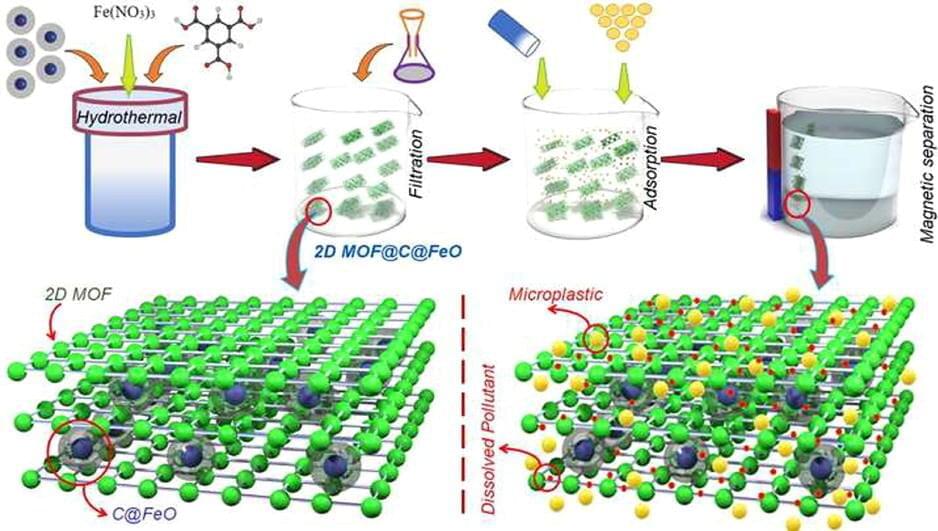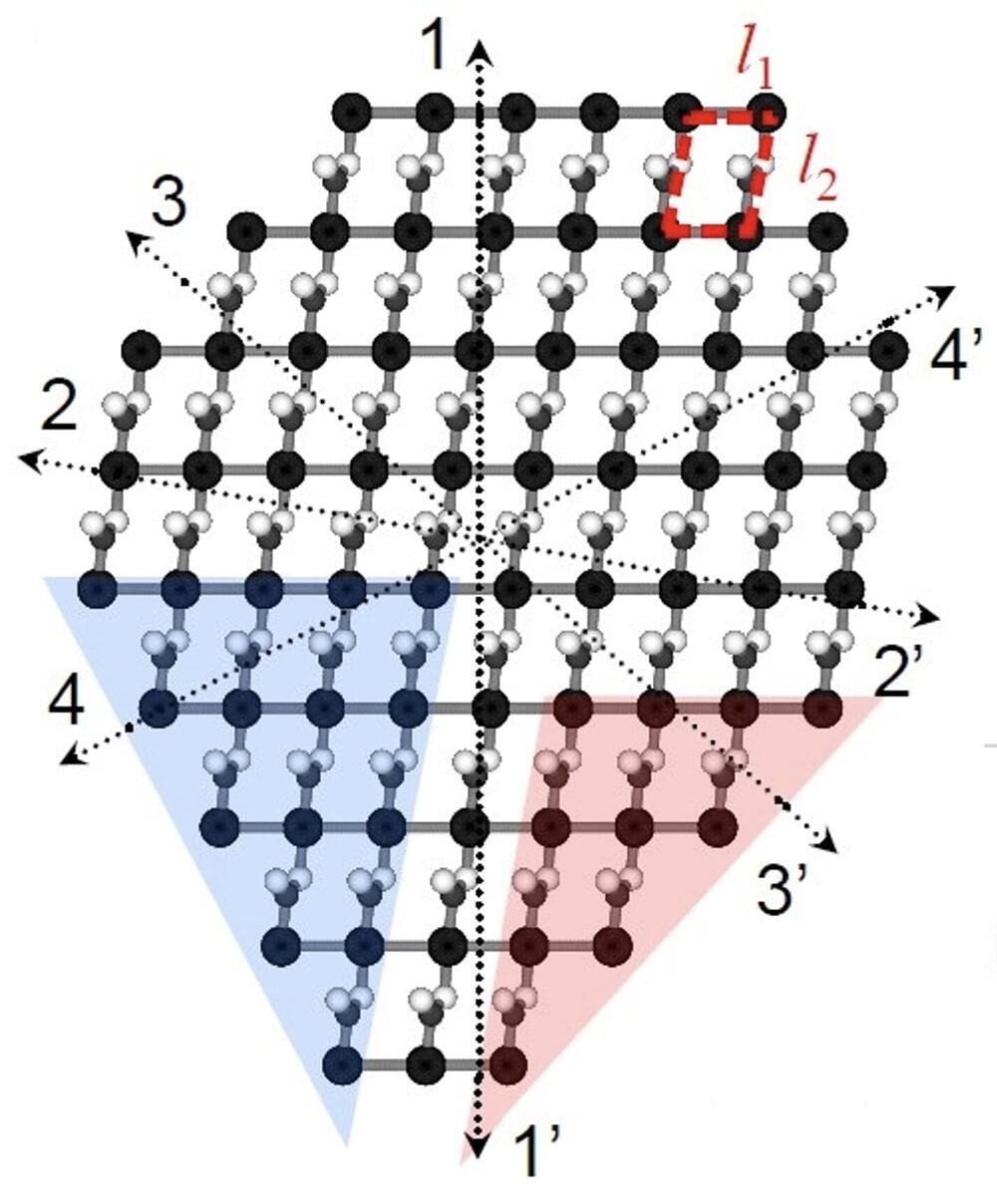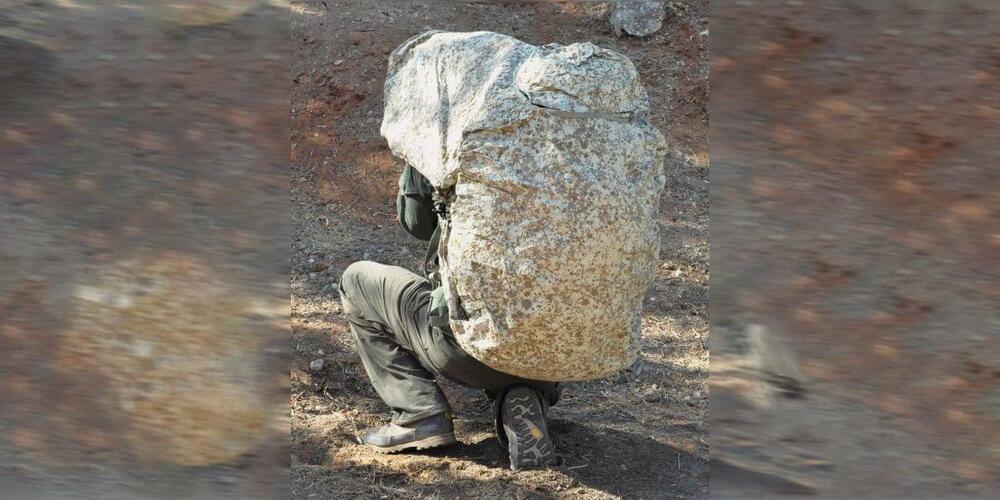Nov 30, 2022
Magnetic material mops up microplastics in water
Posted by Quinn Sena in categories: materials, sustainability
Researchers at RMIT University have found an innovative way to rapidly remove hazardous microplastics from water using magnets.
Lead researcher Professor Nicky Eshtiaghi said existing methods could take days to remove microplastics from water, while their cheap and sustainable invention achieves better results in just one hour.
The team says they have developed adsorbents, in the form of a powder, that remove microplastics 1,000 times smaller than those currently detectable by existing wastewater treatment plants.

















